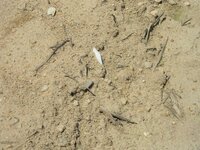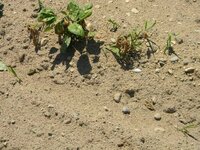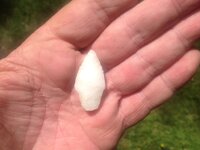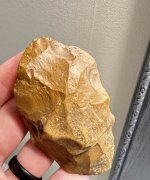MineralsAndThings
Jr. Member
- May 5, 2014
- 86
- 55
- Detector(s) used
- F2
- Primary Interest:
- All Treasure Hunting
I'm doing research on my property and area. I need help in noticing signs that native Americans have been in the area in the past. I found some maps and they could have been but I'm not 100% sure and I love history greatly so I wan't to learn more.
These are the questions I have right now:
What maps do I look at?
What do I look for in the land such as hills or markings?
What records should I look at?
Who should I ask?
Did they bury the dead anywhere other then a designated area? I mean when traveling people do die and you choose a spot usually.
Did they bury them near camp? On the top of hills?
There is a burial ground near my aunts house a few miles away from me. (Perhaps 4-5 miles away) This is why I am interested in knowing.
I live near West Chester and Westtown Pennsylvania.
Any tips or help is welcome,
Thanks
-I put this in another post but have gotten only one person answering so far so trying my luck here also if that is alright.
These are the questions I have right now:
What maps do I look at?
What do I look for in the land such as hills or markings?
What records should I look at?
Who should I ask?
Did they bury the dead anywhere other then a designated area? I mean when traveling people do die and you choose a spot usually.
Did they bury them near camp? On the top of hills?
There is a burial ground near my aunts house a few miles away from me. (Perhaps 4-5 miles away) This is why I am interested in knowing.
I live near West Chester and Westtown Pennsylvania.
Any tips or help is welcome,
Thanks
-I put this in another post but have gotten only one person answering so far so trying my luck here also if that is alright.
Amazon Forum Fav 👍
Upvote
0






